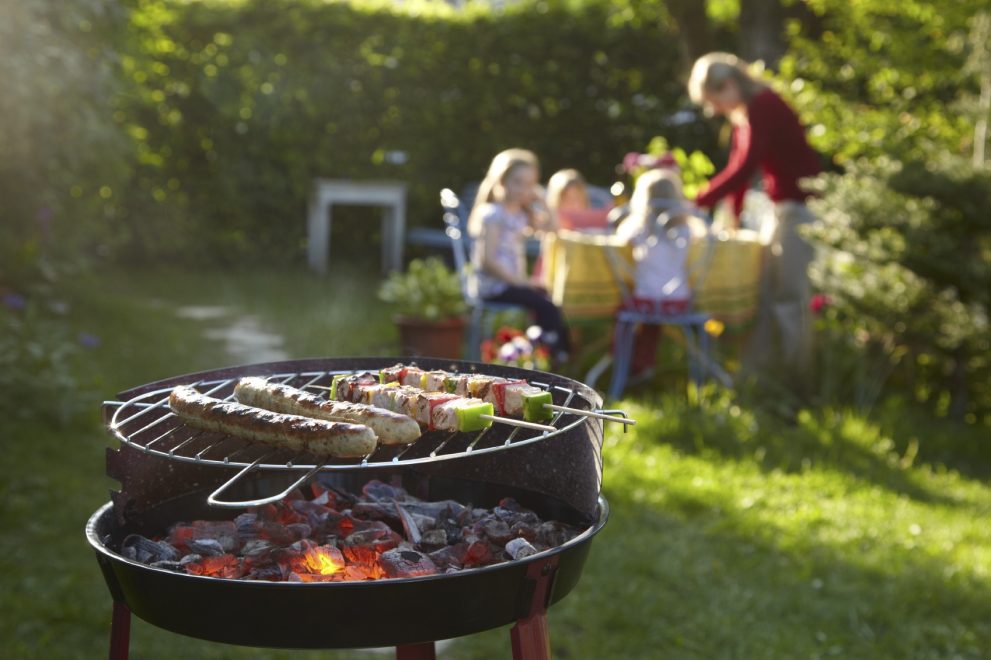Mastering the Art of Cooking Salmon on a Gas Grill: Timing Tips and Techniques
Written By James Morgan
For barbecue enthusiasts, nothing beats the flavor of perfectly grilled salmon. But the question arises: how long to cook salmon on a gas grill? This guide will answer that crucial question while providing strategies to ensure your salmon is cooked to perfection every time.

Setting the Stage: Pre-Grilling Preparations
Before diving into grilling, ensure your salmon is ready. The first step often involves selecting a high-quality salmon fillet. Freshness is essential, so look for salmon with vibrant color and a slight ocean-like smell. Once you have your piece, it's time to prep.
Marinating for Flavor
Marinating is optional but highly recommended for an extra burst of flavor. Marinades can be as simple as a mix of olive oil, lemon juice, garlic, and herbs. Allow the salmon to sit in the marinade for at least 15-30 minutes before grilling.
Seasoning the Salmon
Season your salmon generously with salt and pepper. If you are skipping the marinade, consider adding a seasoning rub or glaze to enhance the flavors.

Grill Preparation and temperature Settings
Preparation is critical for achieving that perfect grilled salmon. Start by preheating your gas grill to a medium-high temperature of about 375-400F. Clean the grill grates thoroughly to prevent sticking.
Oil the Grates
Oiling the grates is vital as it helps prevent the delicate salmon flesh from sticking. You can use a paper towel dipped in oil and a pair of tongs to oil the grates safely.

Grilling Time and Techniques
The golden question: how long to cook salmon on a gas grill? The cooking time can vary depending on the thickness of your salmon fillet. A general rule is to grill the salmon for about 6-8 minutes per side.
Skin-Side Down
Start by placing the salmon skin-side down. This method helps to cook the salmon more evenly and prevents the flesh from drying out. Leave it undisturbed for the first 6-8 minutes.
Flipping the Salmon
After the initial cooking period, gently flip the salmon using a wide spatula. Cook for an additional 6-8 minutes on the other side. The salmon is done when it flakes easily with a fork and has an internal temperature of 145F.

Common Mistakes to Avoid
Even seasoned grillers can make mistakes. Here are some common pitfalls and how to avoid them:
Overcooking
Overcooked salmon can become dry and lose its delicate flavor. Use a meat thermometer to check for doneness and remove the salmon from the grill once it reaches 145F.
Direct Heat Only
Using only direct heat can cause the salmon's outside to char while leaving the inside undercooked. Consider using a two-zone grilling method, with one side set to medium-high heat and the other to low heat.
Serving Suggestions
Once your salmon is perfectly grilled, it's time to serve. Pair it with fresh salad, grilled vegetables, or a squeeze of lemon juice for an extra burst of flavor.
Garnishes and Sides
Consider garnishing your salmon with chopped herbs, such as dill or parsley, and serving with side dishes like quinoa or wild rice.
Enhancing Your Grilling Skills
Looking to refine your grilling techniques further? Check out additional resources that can help you master the art of grilling.
Here are some useful links:
- How long to cook ribs
- How long to cook chicken legs
- How long to cook tri-tip
- How long to cook brats
- How long to cook burgers
For a comprehensive guide to grilling with gas, check out these grilling tips.
FAQ
How do I prevent salmon from sticking to the grill?
Oiling the grill grates and preheating the grill are critical steps to prevent sticking. Additionally, starting with the salmon skin-side down can help.
Do I need to flip the salmon on the grill?
Yes, flipping the salmon partway through cooking helps ensure even cooking on both sides.
Can I grill salmon without the skin?
Yes, but be cautious as it can be more prone to sticking and may cook faster. Ensure the grill grates are well-oiled and monitor the salmon closely.
As an Amazon Associate, I earn from qualifying purchases.



